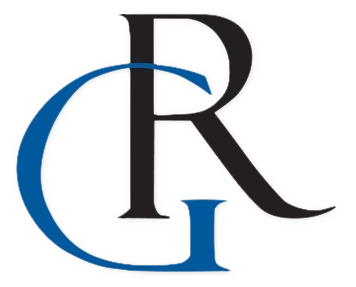401(k) Plans: Key Features Every Business Owner and Plan Trustee Needs to Examine
As a business owner or 401(k) plan trustee, ensuring your retirement plan is optimized for compliance, efficiency, and participant satisfaction is more critical than ever. With new regulations like SECURE 2.0 reshaping the retirement landscape in 2025, here are the key features you should review with your plan advisor.
1. Fiduciary Oversight and Compliance
Fiduciary responsibility is at the heart of managing a 401(k) plan. Under ERISA, fiduciaries must act solely in the interest of participants, prudently manage investments, diversify assets, and ensure fees are reasonable. A qualified advisor can help you:
Document Decision-Making: Maintain records to demonstrate prudent processes for investment selection and plan management.
Limit Liability: Delegate fiduciary functions to service providers while monitoring their performance and ensuring they meet compliance standards.
Adapt to Regulatory Changes: For instance, starting in 2025, plans must extend eligibility to part-time employees after two years of service instead of three.
2. Payroll Integration for Efficiency
Integrating your payroll system with your 401(k) plan can save time, reduce errors, and improve compliance. Look for:
360-Degree Integration: This ensures seamless two-way communication between payroll and plan providers, automating contributions and updates.
Error Reduction: Automation minimizes manual data entry mistakes, ensuring accurate deferrals and compliance with deposit deadlines.
3. Leveraging Technology
Modern technology simplifies plan management and enhances participant experiences:
Participant Portals: Mobile-friendly platforms allow participants to adjust contributions, view balances, and model retirement scenarios in real-time.
Automated Compliance Tools: These tools flag potential issues like late deposits or failed discrimination tests before they become problems.
4. Financial Education for Participants
Empowering employees with financial knowledge increases engagement and retirement readiness. Advisors should offer:
Workshops and Webinars: Tailored sessions on topics like Roth vs. traditional contributions or maximizing catch-up contributions (e.g., the new $11,250 “super catch-up” for ages 60–63 in 2025).
One-on-One Guidance: Personalized advice on debt management or investment strategies can significantly impact participant outcomes1.
5. Transparent Fee Structures
Fee transparency is essential for both fiduciary compliance and participant trust. Ensure your advisor provides:
Detailed Fee Disclosures: Breakdowns of recordkeeping, advisory, and fund expenses to identify hidden costs.
Annual Benchmarking: Compare your plan’s fees against industry standards to confirm they are reasonable.
6. Proactive Adaptation to SECURE 2.0 Changes
With SECURE 2.0 fully implemented in 2025, advisors must guide you through key updates such as:
Automatic Enrollment: New plans with 11+ employees must auto-enroll participants at a minimum of 3%, increasing annually until reaching at least 10%.
Catch-Up Contributions: Participants aged 60–63 can now contribute up to $11,250 annually under the new “super catch-up” provision19.
The Bottom Line:
A forward-thinking 401(k) advisor is an invaluable partner in navigating today’s complex retirement landscape. By focusing on fiduciary oversight, payroll integration, technology solutions, financial education, fee transparency, and regulatory adaptation, you can ensure your plan delivers maximum value—for both your business and its employees.
